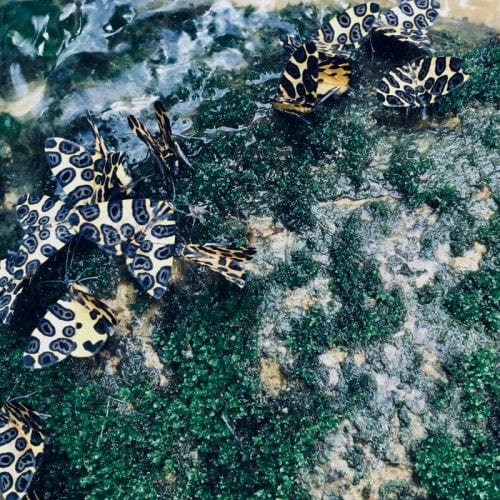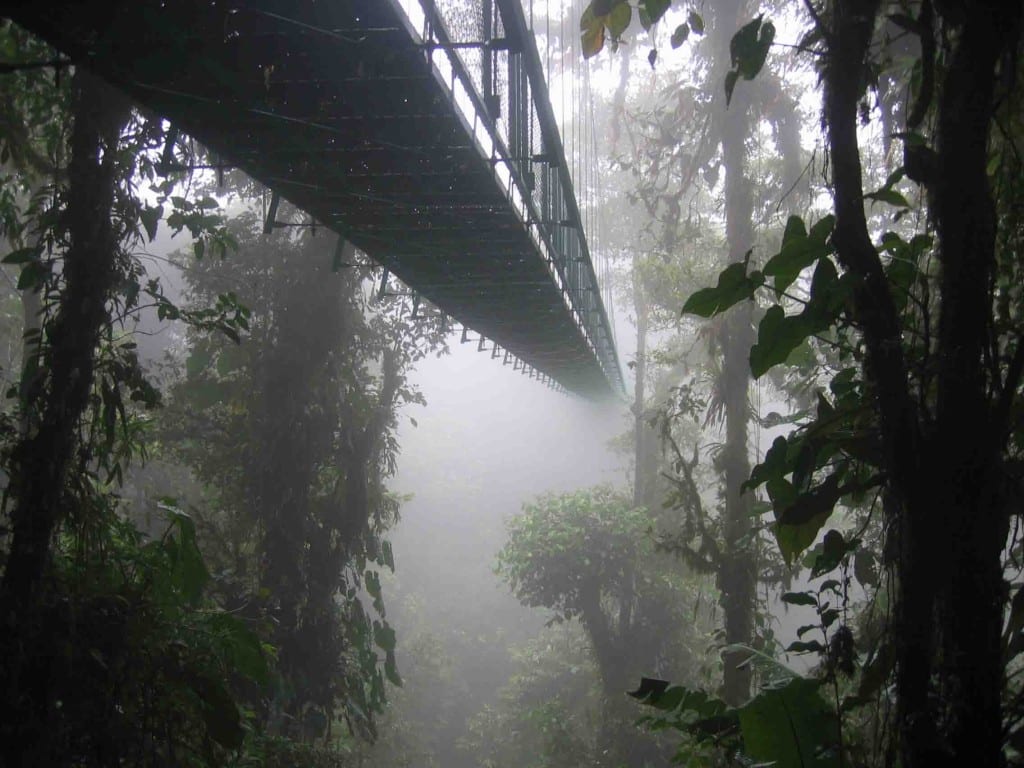‘Tracing the Steps of the Ghost Dance’ is a storytelling project about the importance of the ancient relationship between people, plants and their environment. Using the Ghost Dance ritual as our case study; we follow the spores of the Desheto mushroom to the impenetrable and majestic Cloud Forests of the Sierra Mazateca. This project being led by our Americas project director Michael Stuart Ani, who has been a student of plant wisdom for fifty years with a deep connection to the Lakota, Yamomami and Mazateca.
To (re)read the first part of this journey, see here
Part 2- The Cloud Forests of the Sierra Mazateca
To trace the steps of the Ghost Dance further, we need to look at the type of geography and cultural offset it originated from. In Mexico, cloud forests account for approximately 0,6% – 1% of its territory, yet they harbour about 10% of the countries’ plant species. Cloud forests are therefore priority regions for biodiversity research and conservation efforts. However, despite them being the predominant type of vegetation in mountainous areas (speaking of 1,000 meters – 2,500 meters), human activities have reduced these forests to mere fragments.
So what makes Cloud Forests so unique? These forests have a constant cloud coverage, making them extremely humid but relatively cold with temperatures up until 23 degrees celsius. Generally, the landscape is characterized by steep slopes and deep ravines, although in some regions there will be the occasional luscious valley. In the cloud forest of the Sierra Mazateca in Northern Oaxaca (around a 5-6hr drive South East of Mexico City), the local people make a divide between two zones: the Mazateca Alta (high altitude and cold areas) and the Mazateca Baja (low altitude areas where the temperatures are moderate). Traditionally known by its Aztec name Teutitlan, the Sierra Mazateca is considered ‘The Divine Land’, probably called this way because of the intrinsic spiritual devotion of its people, the Mazatecas, in combination with the richness of its biodiversity.
Here’s Michael Stuart Ani on his last visit to the Mazateca cloud forest, telling us that this is the only place where the well-known psychoactive divine sage (salvia divinorum) is still growing in the wild (video taken by Heather Fern Vuchinich):
Like other areas in Oaxaca, the Sierra Mazateca also has a rich cultural history. There is evidence scattered all over the region of artifacts and human settlements dating back to 750 – 500 BC. The population of the mountain villages scattered out over the valleys, is now made up of indigenous Mazateca, a group of about 26,000 people. Not much is known about their ancestry, but they are believed to be descendants of the Nonoalca- Chichimeca from Tula (the capital and sacred city of the Toltec people), who settled in these mountains at the beginning of the 12th century. The Mazateca language also bares a lot of resemblance to chapanecan, a native dialect that is now extinct but used to be spoken in what is now Nicaragua.
The name Mazatecas was given to them by their neighbouring Nahuatl, meaning ‘Deer People’. The reason they were called Deer People is because their land was abundant with deer and because they worship a deer figurine, usually carried with them as a totem. But the Mazateca prefer to go by their name ‘Ha Shuta Enima’, meaning something like ‘workers of the mountains, humble people of custom.’
Shortly after their arrival in the early 12th century, the people of the Sierra Mazateca had divided the land into two Kingdoms, one of the West (the Mazateca Baja) and one of the East (the Mazateca Alta). Not long before the Spaniards arrived there, these kingdoms were overthrown repeatedly by the Mexica, better known as Aztec, who reigned over this region for almost a century until the arrival of the conquistadors and Christian missionaries from 1542.
After this point onwards, not a lot is known about the cultural development of the Mazatecas, as many of them were dispursed into tiny villages or died from diseases that were introduced by the Spanish. Furthermore, the vivid culture of these people and display of their religious beliefs were actively suppressed by the conquistadores, they persecuted anyone who held opposing religious beliefs, which drastically changed the way the religion was practiced. Many of the Mazateca ceremonies used to take place publicly, but because of these restrictions and punishments, were forced to be held hidden and kept a secret. Many even converted to Christianity.
Today the indigenous society is being transformed by the forces of history. Until only recently, isolated from the modern world, the indigenous people lived in their mountains as people lived in the neolithic. There were only paths and they walked everywhere they went. Trains of burros carried out the principal crop-coffee-to the markets in the plain. Now roads have been built, blasted out of rock and constructed along the edges of the mountains over precipices to connect the community with the society beyond. The children are people of opposites: just as they speak two languages, Mazatec and Spanish, they live between two times: the timeless, cyclical time of recurrence of the People of the Deer and the time of progress, change and development of modern Mexico.

In the following parts of this series the story will unfold covering;
- The secrets of the sacred mushroom
- The modern revival of plant medicines and the psychedelic 60’s
- Commercialization and the white man’s mushroom
- What does the future hold for Desheto?
HELP US CONTINUE THE STORY,
For this first part of this project, Michael Stuart Ani visited the Sierra Mazateca to trace the origins of the Ghost Dance and the mysterious Desheto mushroom. Next we intend to follow the ceremony northwards to the Lakota of the Sioux Nations in the United States of America.
Want to find out what led to the Wounded Knee Massacre and the outlawing of the Ghost Dance? Then please make a donation and help us continue the project by sending Michael to meet his old friends, the medicine men of the Lakota people.
Read more about our other projects here

